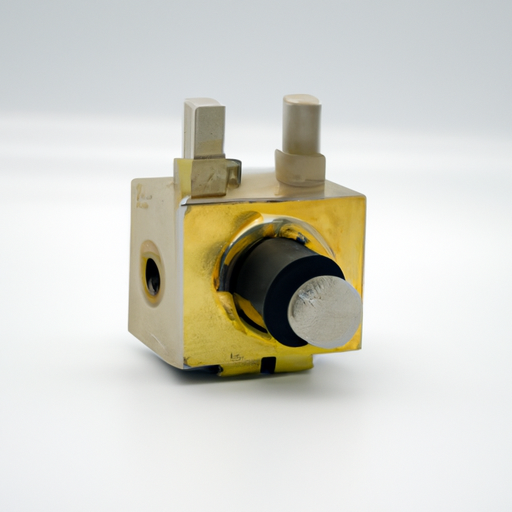Title: A Comprehensive Guide to Mainstream Models of Limit Switches

1. Basic Limit Switches (200 words) Basic limit switches are the most common and widely used models. They consist of a mechanical actuator that triggers a switch when it comes into contact with an object or reaches a specific position. These switches are available in various configurations, including lever, roller, and plunger types. Basic limit switches are known for their simplicity, durability, and cost-effectiveness. They find applications in industries such as automotive, packaging, and material handling.
2. Safety Limit Switches (200 words) Safety limit switches are designed to ensure the safety of personnel and equipment. They are equipped with additional features such as positive opening contacts, which guarantee the switch's reliability in critical applications. Safety limit switches are often used in emergency stop systems, machine guarding, and access control. Some models also offer tamper-proof mechanisms and high resistance to environmental factors, making them suitable for harsh industrial environments.
3. Proximity Limit Switches (200 words) Proximity limit switches operate without physical contact, using various sensing technologies such as inductive, capacitive, or magnetic fields. These switches are ideal for applications where physical contact is not desired or feasible, such as detecting non-metallic objects or in environments with high vibration or contamination. Proximity limit switches are commonly used in robotics, conveyor systems, and assembly lines.
4. Rotary Limit Switches (200 words) Rotary limit switches are designed to detect and control the rotational movement of machinery. They consist of a rotating arm or shaft that triggers the switch when it reaches a specific angle or position. These switches are widely used in cranes, hoists, and other heavy machinery to limit the range of motion and prevent overtravel. Rotary limit switches offer high precision and repeatability, making them suitable for critical applications.
5. Magnetic Limit Switches (200 words) Magnetic limit switches utilize magnetic fields to detect the presence or absence of a magnetic object. They are commonly used in applications where non-contact sensing is required, such as detecting the position of doors, windows, or valves. Magnetic limit switches offer long sensing distances, high reliability, and resistance to environmental factors. They find applications in industries such as HVAC, security systems, and industrial automation.
Conclusion (100 words) Limit switches play a crucial role in automation and control systems, ensuring the safe and efficient operation of machinery. By understanding the mainstream models of limit switches, including basic, safety, proximity, rotary, and magnetic switches, you can select the most suitable option for your specific application. Whether you require physical contact, non-contact sensing, or precise control over rotational movement, there is a limit switch model available to meet your needs. With their reliability, durability, and versatility, limit switches continue to be an essential component in various industries.